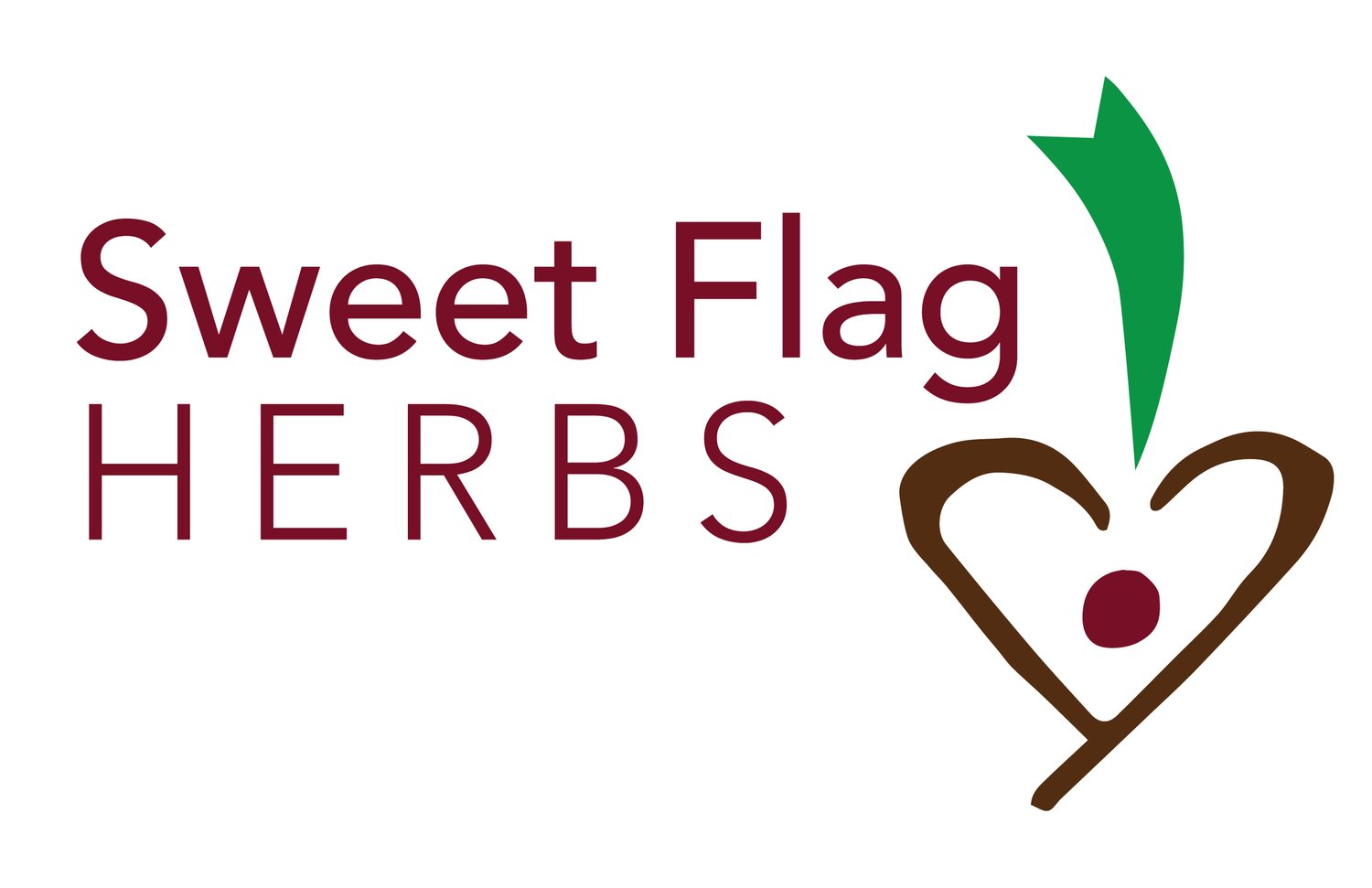
"Take no more than 30% of what you see" is one rule of thumb when foraging for edible and medicinal plants. However, I find that much more nuance is needed for harvesting that’s truly sustainable. When foraging, I ask myself the following:
1. How abundant is this species, both regionally and nationally?
2. How abundant is this species in the location of harvest?
3. Is this a well-known plant in the wild edible and herbal medicine communities? How likely is it to be harvested by other folks?
4. Can I harvest so that the plant continues to live and thrive? Better yet-- how can I harvest in a way that stimulates new growth, increased seed production, etc.?
Example: When collecting roots, it is often possible to divide a clump, or replace the growing node, so the plant will continue growing.
Example: a small portion of leaves and/or flowers are harvested from perennial plants, leaving the roots and remaining aerial parts to flush back out that season and regenerate.
Example: Tree and shrub bark is never taken from the trunk. It is collected by pruning twigs or a single branch from a less advantageous part of the plant (ex. a branch receiving little sunlight for photosynthesis).
Many medicinal species are so prolific -- "invasives" or "weeds"-- that these questions are hardly considered (ex. dandelion, wood sorrel, burdock, chicory, plantain, cleavers, etc.) Other plants are nationally declining, and may not be harvested even if found abundantly in a site (ex. black cohosh, American ginseng, goldenseal, pipsissewa, etc.) They may instead be cultivated or substituted with another plant. The United Plant Savers At-Risk List offers a starting point, listing plants that should generally be cultivated rather than wild-harvested.
Care for the surrounding plants and wildlife is also an important part of sustainable harvest. No matter what the plant, harvesting is done with gratitude and respect.
